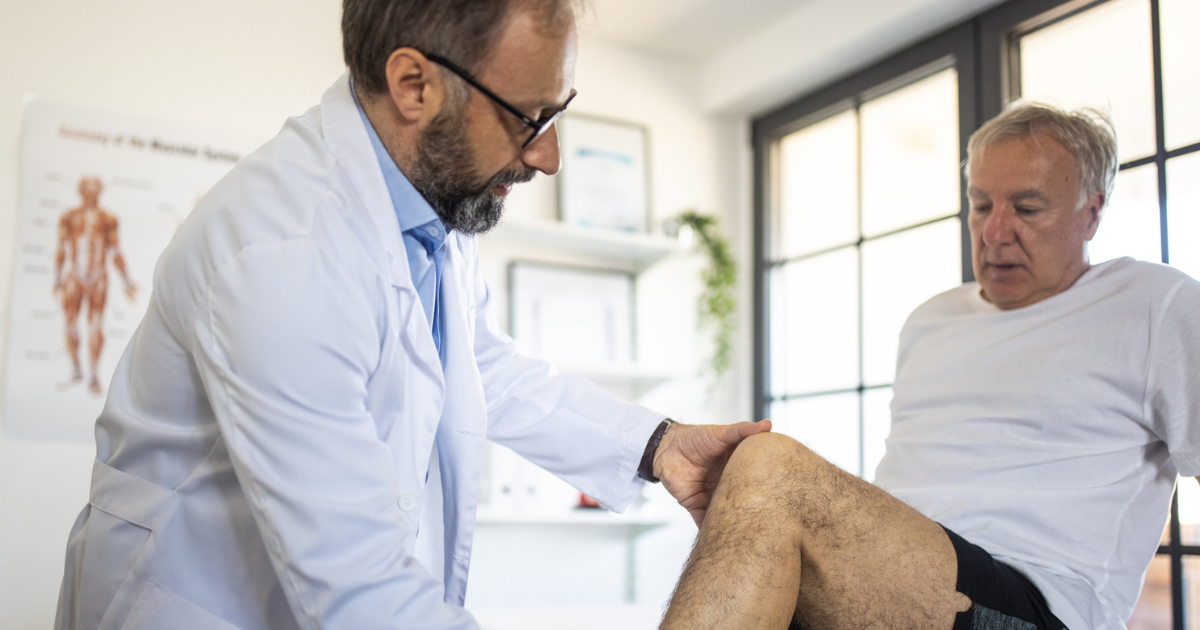Peripheral vascular disease and medication management

What is Peripheral Vascular Disease?
Peripheral vascular disease (PVD) – also called peripheral arterial disease (PAD) – is defined as a chronic atherosclerotic occlusive disease of the lower extremities. PAD is a slow and progressive circulation disorder in which narrowed or blocked blood vessels outside the heart cannot deliver enough oxygen and nutrients to the body, generally the legs. In its most severe form, if left untreated, PAD can cause chronic wounds on the limbs.
Atherosclerosis is caused by a narrowing or blockage in a blood vessel due to a buildup of plaque in that vessel. PAD is the result of atherosclerosis in the arteries outside of the heart and brain. Organs supplied by these vessels – such as the legs – may not get enough blood flow for proper function.

What Are the Symptoms?
Most individuals with PAD show no obvious symptoms (asymptomatic). The most common symptom is pain in the legs with walking, which is relieved by rest (intermittent claudication). A small minority of patients (less than 10 percent) may develop chronic limb threatening ischemia (CLTI), which is pain in the legs at all times or wounds (generally on the toes) which do not heal.
How is PVD Diagnosed?
PVD is diagnosed through a comprehensive history and physical exam. In addition, simple blood pressure tests of the arms and legs known as an Arterial bBrachial Index (ABI) are performed.
Symptoms indicative of PVD:
- Pain in the buttocks, hips, thighs, or calves when walking (which is relieved with rest)
- Development of a wound on the toes which does not heal, or extreme pain in the legs at all times
The largest risk of the disease is actually related to its association with cardiac disease and risk for heart attack, stroke or death. If patients have atherosclerosis in the arteries of the legs, they likely have atherosclerosis in the vessels supplying the heart and brain. Treating PAD will not necessarily decrease your risk of heart disease however. For patients with PAD exhibiting no symptoms, the risk of progression to intermittent claudication (pain with walking relieved by rest) is 7 percent over five years. The risk of converting from intermittent claudication to limb threatening ischemia is 21 percent over five years.
What are the Risk Factors?
- Age (affects up to 25 percent of patients 80 years old and older)
- Diabetes
- Smoking (past or present)
- Kidney disease
- A family history of PAD or known history of cardiac disease (other known atherosclerotic disease)
Medication Therapies for PVD Management
Similar to cardiac disease, PVD builds up over many years. The aim of effective treatment is to reduce symptoms and heal wounds if they are present. To prevent progression of disease, the absolute best thing to do for those patients who smoke is to stop smoking.
At the direction of your physician, taking an antiplatelet agent (such as aspirin) and a statin medication (generally used for elevated cholesterol) can also help stabilize the disease. Cilostazol (also known as pletal) can improve walking distances in many patients with claudication and sometimes even eliminate symptoms. Only patients who have a strong enough heart should take this medication.
Finally, regular exercise (30 minutes of walking every day) will reduce symptoms in patients with claudication. In addition to reducing symptoms, exercise is excellent for heart health. Please consult with your physician before starting a new exercise regimen.
There are also surgical treatments offered for patients who fail conservative therapy. These procedures can be minimally invasive or on occasion, larger open surgeries.
Helpful Lifestyle Changes
- Stop smoking
- Eat a balanced diet low in fat, cholesterol, and sodium
- Exercise at least 30 minutes per day
The Nebraska Medicine Vascular Center is devoted to the diagnosis, treatment and management of circulatory system diseases such as PVD. Learn more about our PAD treatment approach, vascular services and how to get screened to see how we can help.




